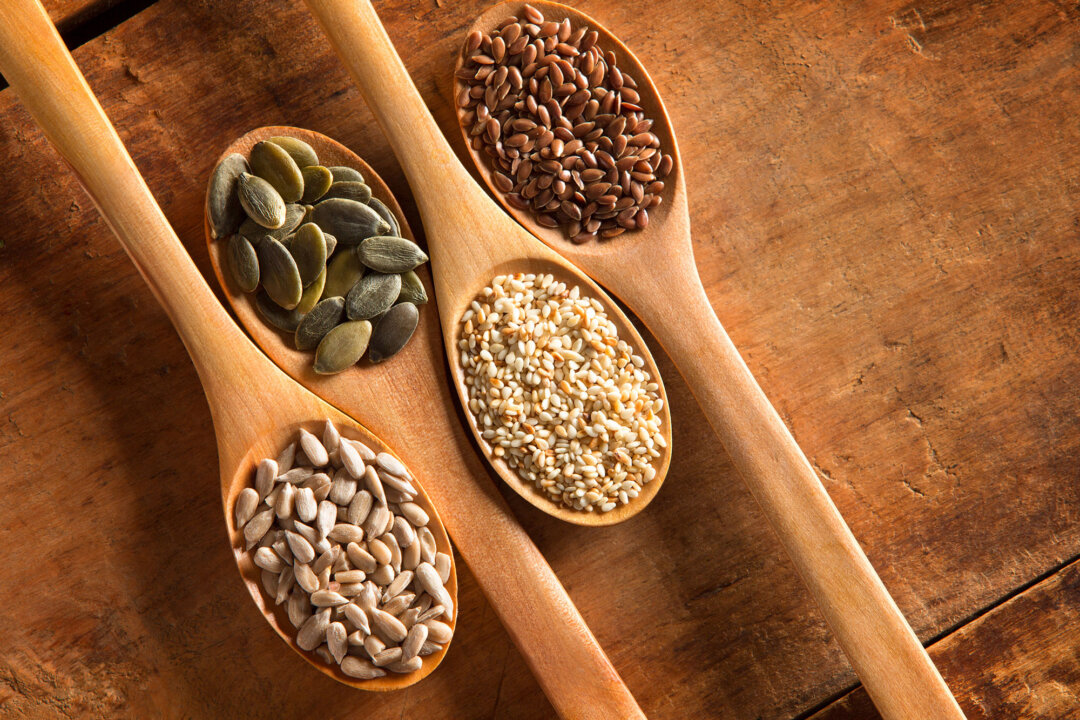Women’s hormones operate in a complex system that requires a delicate balance to function optimally. Numerous factors, including diet, exercise, stress, sleep, and exposure to environmental toxins, affect this balance. The article further highlighted a drastic decrease in thyroid-stimulating hormone (TSH) levels in PCOS women treated with this seed combination.
Additionally, women with PCOS, who often have bulky ovaries detectable in pelvic ultrasounds, showed significant improvement after seed cycling, with pelvic scans revealing clear ovaries devoid of cysts. Flaxseeds Pumpkin Seeds Sunflower Seeds Sesame Seeds Amy Bragagnini, a registered dietitian with a doctorate in clinical nutrition services and dietetics and a spokesperson for the Academy of Nutrition and Dietetics, told The Epoch Times that while scientific research on seed cycling may be limited and recommended amounts can vary, the proposed benefits include easing symptoms of premenstrual syndrome, enhancing fertility, regulating periods, and improving skin health. “Seeds are an excellent addition to your diet.

They are filled with fiber and protein, which are beneficial for a robust microbiome and can help to regulate blood sugar levels,” said Ms. Bragagnini. Grind your seeds: Make sure to grind your seeds—especially sesame and flaxseeds—as your body will digest them better.
Go raw: It’s best to use unsalted, unroasted, raw seeds to ensure all their nutrients are intact and nothing is lost during the roasting process. Store in the refrigerator: The polyunsaturated fats in seeds go rancid quickly and oxidize—especially in warmer temperatures and sunlight. Make sure to keep your seeds in a dark, cool place.
Mind your regularity: Don’t have a regular, 28-day menstrual cycle? It’s best to follow a 14-day cycle for each phase of seed cycling. Adhering to this two-week rotation encourages your body to achieve an optimal menstrual cycle rhythm and help restore hormonal balance. Add them to smoothies, combining yogurt, fruit, veggies, and either flaxseeds or sesame seeds Top a green salad with various seeds Sprinkle seeds into oatmeal or on toast Make a homemade pesto using ground pumpkin seeds Use sesame and flaxseeds to make homemade granola Avoid excessive alcohol consumption, especially if you use it to wind down.
Reduce caffeine intake, especially after 2:00 p.m. “If you need to drink lots of coffee to function, it means you’re not getting enough sleep,” said Ms.
Tshukudu. Reduce processed and ultra-processed food consumption. Adopt a whole-food diet.
Include colorful, whole plant foods such as vegetables, fruits, herbs, spices, grains, nuts, and seeds; they have phytonutrients that promote gut health, hormonal balance, and overall health. “Nutrition influences cellular sensitivity to hormone signals by direct or indirect paths and is based on dietary patterns or specific nutrients,” she added. Add protein and healthy fats to your meals to support energy and blood glucose control.
Proteins include nuts, seeds, legumes, meat, fish, and dairy (if tolerated). Include omega-3-rich foods such as sustainable oily fish (sardines, salmon, pilchards, anchovies, mackerel, herring, trout), omega-3-rich eggs, and grass-fed meat. Choose plant omega-3 sources such as chia seeds, flaxseeds, and walnuts.
Opt for bitter-tasting vegetables such as radicchio, kale, broccoli, watercress, cabbage, parsnips, arugula, and cauliflower..


















